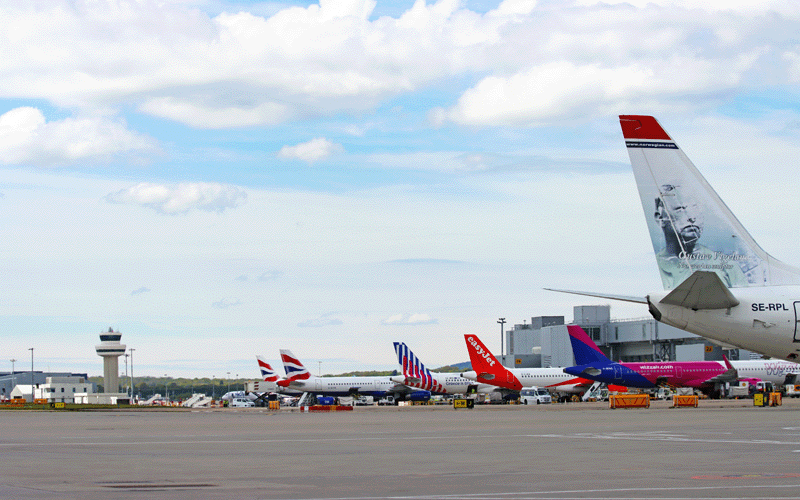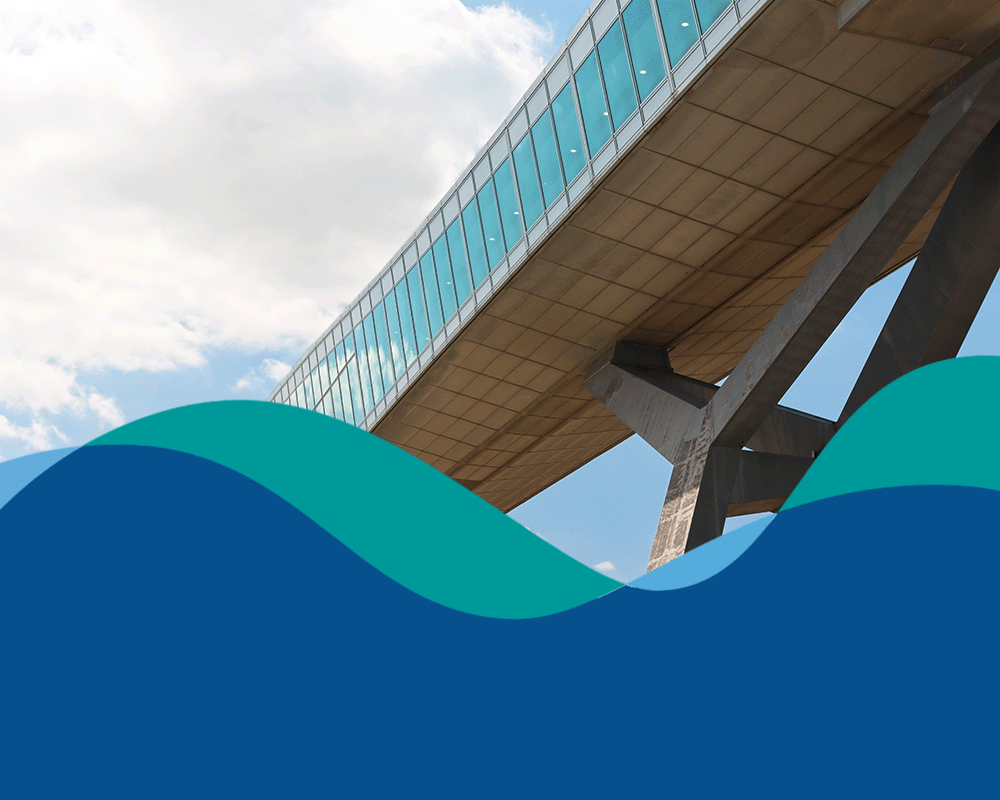The airspace above and around London and the South East of England is some of the busiest in the world. Most of it was designed in the 1950s however, when there were far fewer aircraft in the skies.
Today, planes can fly using satellite navigation, yet still follow these outdated routes, often relying on air traffic controllers to give directions. With modern technology, these planes could climb more quickly and take more direct routes. There could be less noise from planes and fewer carbon emissions per flight, as well as fewer delays caused by congestion in the sky.
That's why the Government and the Civil Aviation Authority (CAA) are leading a national programme to modernise the UK’s airspace. To coordinate this complex change process, they have set up the Airspace Change Organising Group (ACOG).
- · Read more about ACOG, including on the UK’s airspace modernisation masterplan.
- · ACOG’s One Sky, One Plan website has further information, including short videos and FAQs.
- · See the CAA’s Airspace Change process, which helps ensure decision-making for airspace change is fair and transparent.
London Airspace South (LAS) is the first phase of airspace modernisation proposed in the South East of England. LAS covers the region of UK airspace that extends south from London Gatwick, beyond the South coast to the boundary with French airspace.
Two airspace change proposals make up LAS. One sponsored by London Gatwick (for the changes below 7000ft) and another by NATS (for the changes above 7000ft). Both proposals are following the CAA’s airspace change process.
What are the next steps?
As part of the Develop and Assess stage (Stage 2) of the airspace change process, we have shared and considered a wide range of options with stakeholders, including airlines, other airports, local officials and community groups to gather their views.
Progress and all material we have used to engage with these stakeholders is available on the CAA’s Airspace Change Portal. Through the CAA’s Airspace Change portal, you can also register an interest in any airspace change and set up and receive alerts whenever new, relevant material is added or updated.
We are currently in the Consultation/Engagement Preparation stage (Stage 3), which will conclude with a public consultation in due course.


